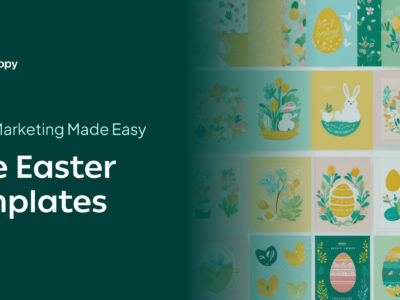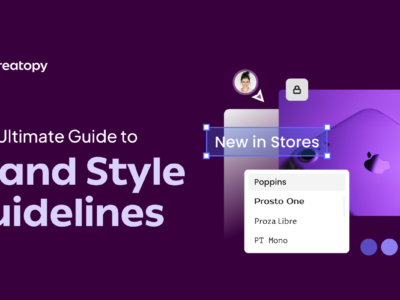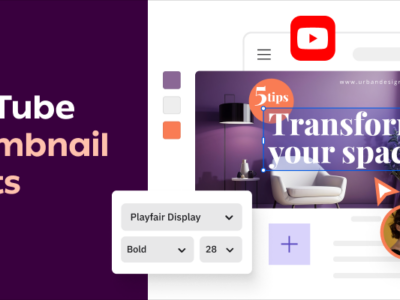Blog images are an important part of your blogging process.
This study, conducted together with Orbit Media on more than 300 bloggers and content writers, covers one of the most important channels in content marketing, the blog. We are going to find out – through a series of questions and answers.
Well, let’s move on to our main topics and analyze each trend in particular by looking at the facts:
Summary
- What types of visuals do you include in your blog posts?
- Where do you get your stock photos or images?
- How many images do you include in a typical blog post?
- What type of files do you mainly use for your blog images?
- How do you create the graphics or images?
- How much time do you spend creating visuals for a blog post?
- Do you optimize your images for search engines?
- How do you publish your images on your blog?
- Do you use your blog images to promote your articles on Social Media?
- Do you pay attention to trends in visual content?
- Where did you learn to create and edit blog images?
|
1. What types of visuals do you include in your blog posts?
We’ve learned that out of the different types of visuals bloggers use in their daily work, stock photos are still one of the major trends these days.
Here are our main findings:
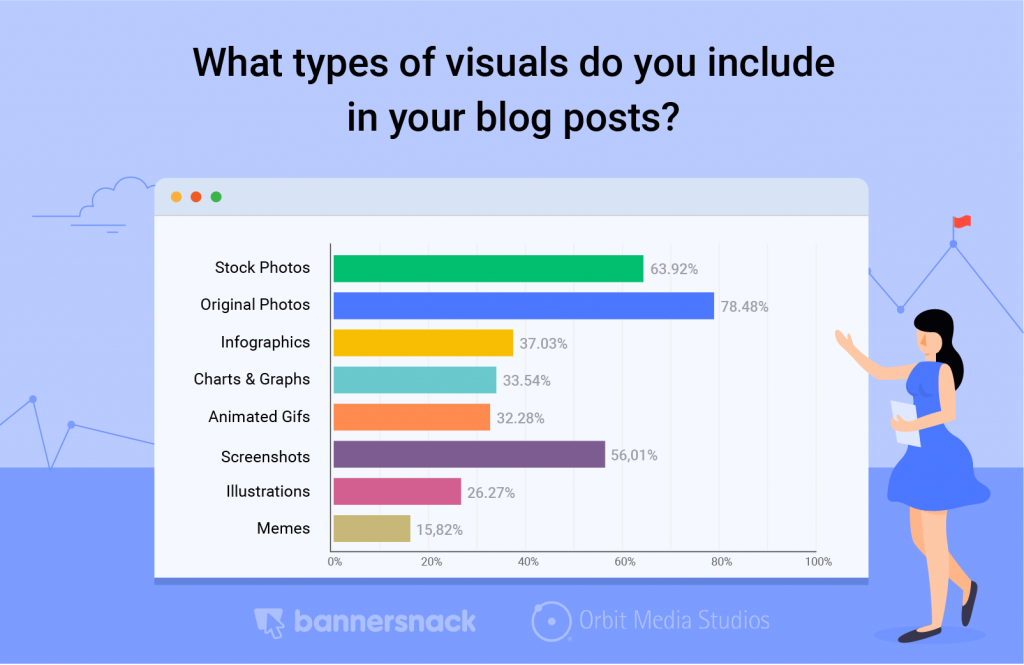
- Nearly two thirds of bloggers are using stock photos. Love them or hate them, they are virtually standard in marketing
- Illustrations are uncommon. Just 1 in 4 bloggers use them. Good opportunity for differentiation
- Only 1 in 3 bloggers uses data visuals. Charts and graphs are uncommon, probably because data-driven content is uncommon.
Visuals are great when you want to pair a generalist blog text with one or more images and give it an appealing visual look.
They are surpassed in popularity only by original photos which are being used by more than 78% of the bloggers who responded to our study questions.
|
Screenshots are also a major trend in present day blogging. Tips & Tricks blog posts, How To’s, reviews and tutorials alike, they all depend on screenshots for reference.
People understand better these types of content if they are paired with relevant images that explain each step of the process described in the text.
What’s really interesting here is that illustrations and data visuals are quite uncommon which means that whoever uses them has a good opportunity to differentiate easily from the rest. It’s easy to stand out from the crowd when you come up with originality. We can not say the same thing about memes which are rather suitable for social media and not blogs.
You can create a meme section on a blog but they will never be the main source of content marketing and neither your main source of traffic.
|
2. Where do you get your stock photos or images?
Since stock photos ranked as very important among respondents on our first question, we’re going to start with them and find out the main sources of such images for blogs.
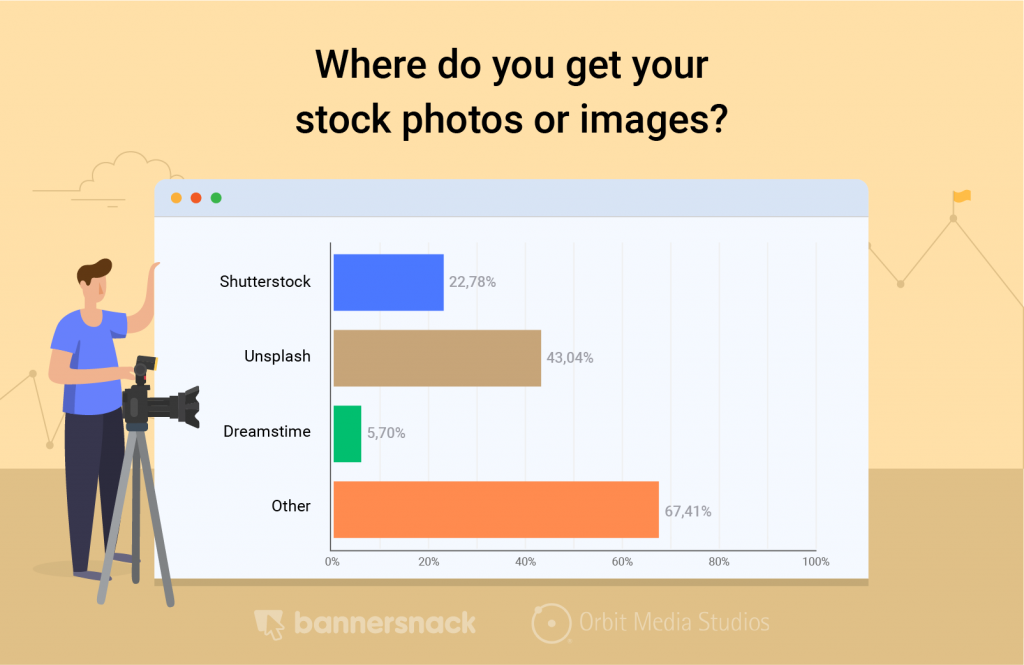
- Unsplash is a big player, especially with bloggers, even though Shutterstock has been around a lot longer.
- People are more likely to download free photos than pay for commercial stock.
As we can see, 43% of our respondents use Unsplash, a free platform with free stock photos, as opposed to only 28% who are paying for their images on Shutterstock or Dreamstime.
Creatopy users don’t have to pay extra for stock images because our platform is seamlessly integrated with Shutterstock, providing access to over 20 million stock photos from their repository.
While Shutterstock and Dreamstime are two of the oldest stock photo services, Unsplash has managed to surpass them in just a couple of years. We therefore learn that bloggers are more likely to use free photos rather than paying for commercial stock despite the fact that the latter option sometimes comes with more varied choices.
On the other hand, we may not have all the facts here since there are tens, even hundreds, of other stock photography services out there. Some are commercial, and some are free. Even more, there are bloggers who are going to alternate these services and pay for the photos they cannot find on free platforms.
3. How many images do you include in a typical blog post?
We recommend at least one visual in every blog post. And, we have learn that every blogger is following this specific advice. However, we are going to find out, together, the amount of images they use on a regular basis.
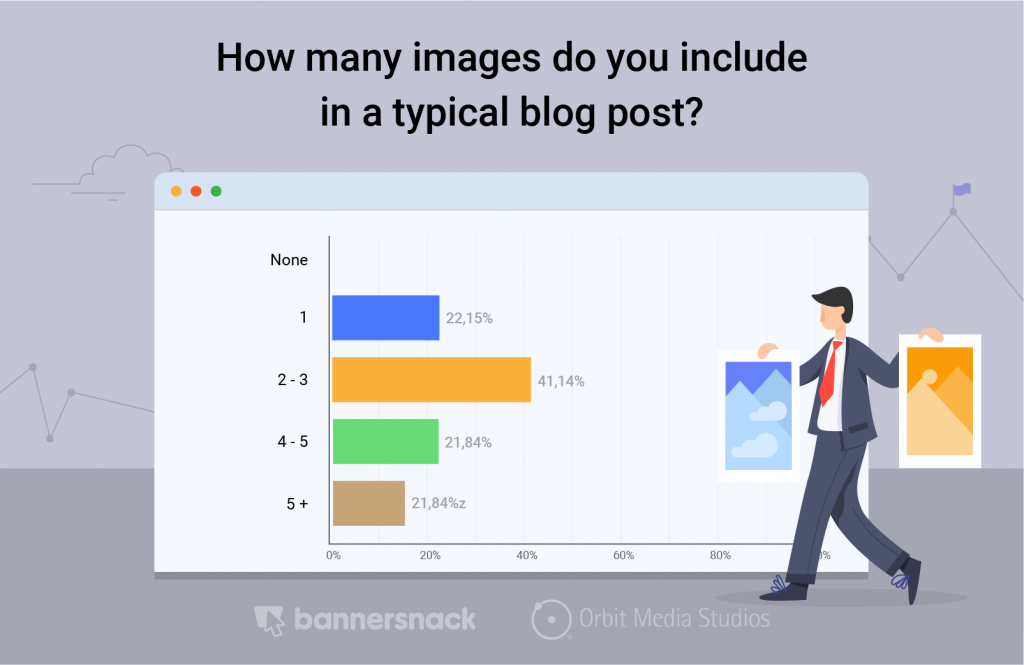
- Most bloggers are using more than one image. Text just isn’t sufficient anymore. This aligns with the responses from our blogger survey.
- Everyone uses images. Zero bloggers reported just using text!
There’s some really good news in this graph. There are no bloggers who ignore the power of visuals. Not anymore. They are important in today’s context even if you only upload a generic stock photo, considering that most of the blogs include social media share buttons. Social media is based on visual imagery and posts based on text only are more likely to get unnoticed by the audience.
Another piece of good news is that most of the blogger use more than one image. A third of them reportedly use even more than 4 visuals for each blog post which is a lot but not hard to understand.
A lot of bloggers need charts, graphs, screenshots and other similar visuals in order to back up their ideas.
It’s not that hard to include 4 screenshots or 4 graphs into a single post.
|
4. What type of files do you mainly use for your blog images?
If you are wondering about how to use images on your personal or business blog, you should wonder first about the file types you are going to use. There are a lot of variables that are important in search engine optimization.
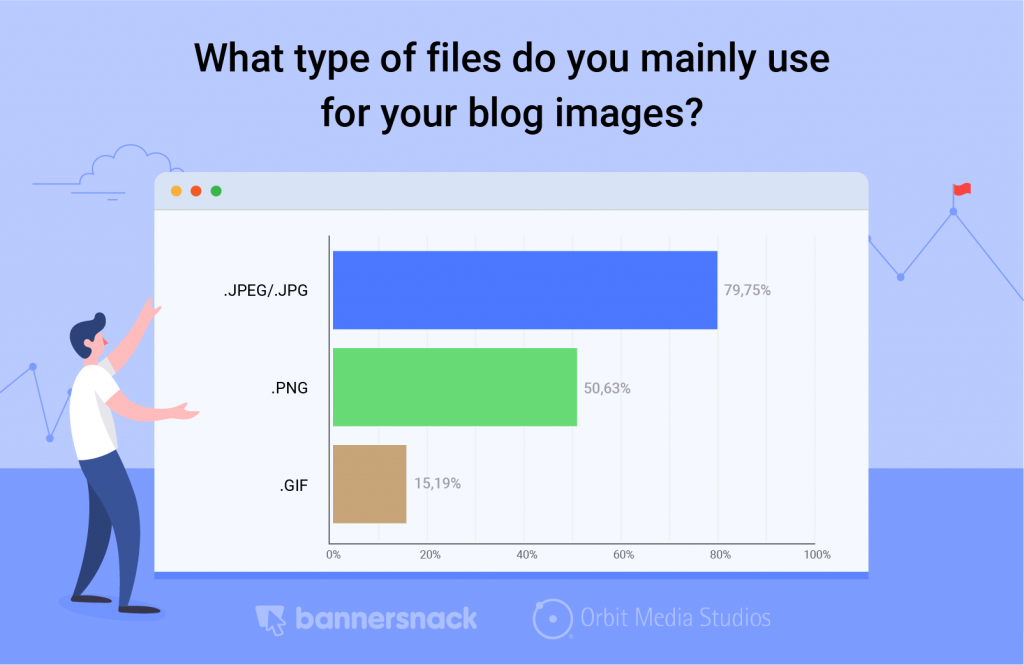
One of the most important of them is the website load speed.
JPEG is the most popular format of them all because it actually established a balance between speed and quality. JPEG images are easy to optimize for web and you can adjust their compression and quality according to their maximum width and height. Also, considering that compression is good, they don’t take a lot of space on the server and as of consequence, they load fast even on slower internet connections.
PNG files are the second option due to their transparency features which make them suitable for logos, icons and other similar visuals. At the same time, GIFs are a good choice for animations.
Their compression is good, they do not take a lot of space and there are not many alternatives that are suitable for web, except, maybe, for the HTML5 scripts.
|
5. How do you create the graphics or images?
We’ve learned that a lot of bloggers use stock images in their work. These are however, not the only types of visuals popular with blogs. And, when you do not download your files from the Internet, you might need to create them yourself or hire a professional to do it.
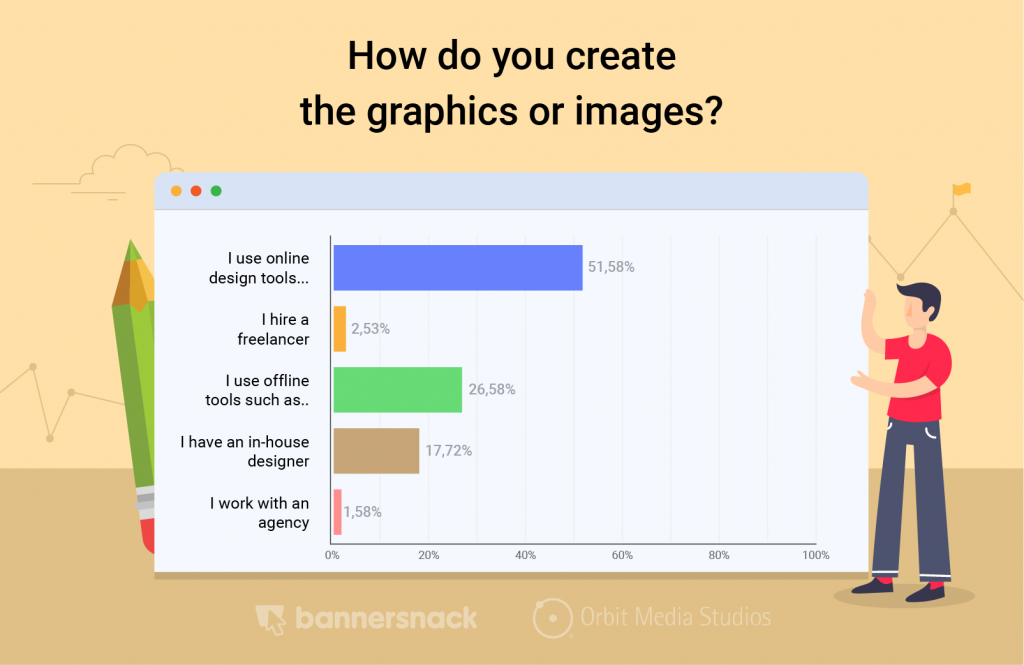
- Most bloggers use simple design tools now. These tools are everywhere and people know they don’t need Adobe to manipulate images.
- Bloggers know how to keep costs down. The less expensive the approach, the more popular it is. People know they don’t need freelancers or agencies anymore. They don’t even need installed software. You use browsers to find images. You use browsers to design with those images.
More than half of the bloggers that took the time to respond to our study are creating their visuals by themselves. Moreover, they are no longer using desktop based professional tools such as the Adobe Suite. Instead, they use online design creation apps apps like Creatopy.
There are two reasons for this choice:
First, we know that online designer apps are significantly less costly on the long run. If you are a blogger or a content marketer, you might not want to invest in these kinds of tools since your work does not depend directly on the designs themselves.
Secondly, online apps are way easier to learn and work with compared to professional designing apps. Most of the times, they are created with the general audience in mind.
|
They allow bloggers to create professional-looking banners with ease, but at the same time, anybody can work with them regardless of their professional background.
Online apps allow bloggers to create professional design Share on X6. How much time do you spend creating visuals for a blog post?
Based on what we’ve learned in the previous chapter, we can only expect that bloggers who use online tools spend less time designing their visuals and more time with their other creative processes. Here’s what we’ve found out:
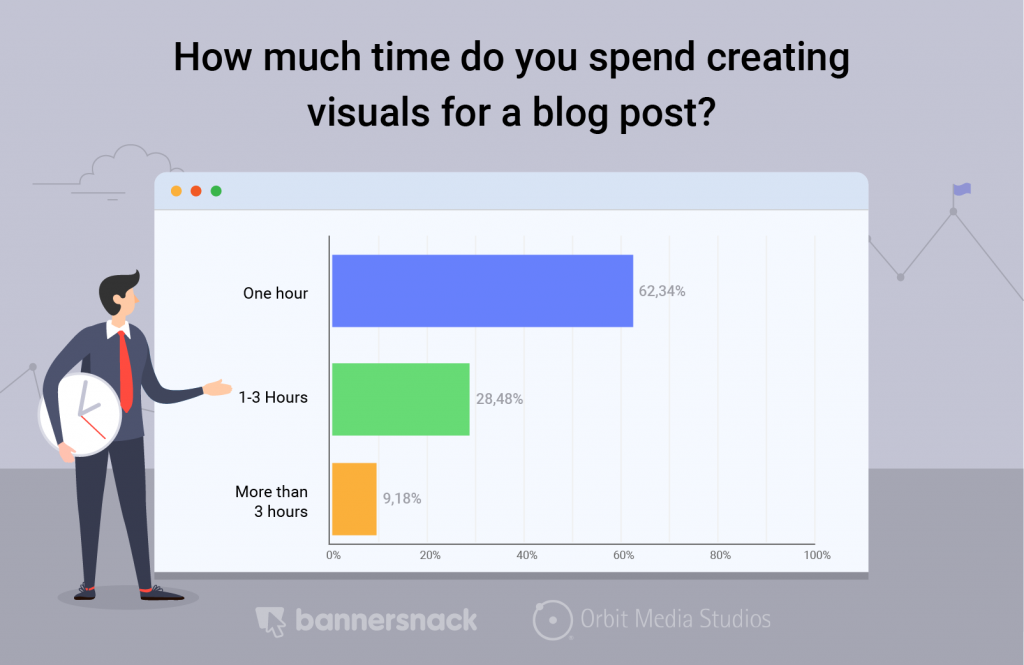
- 9% of bloggers are spending a lot of time. We should wonder if they’re getting better results?
And, it seems we’ve anticipated correctly. Online tools are easy to use, and visuals are created in less or just an hour. At least, this is the amount of time 62% of the responders admit to spend creating blog visual content.
At the same time, less than 10% are spending more than 3 hours to design the visuals for a blog post.
|
7. Do you optimize your images for search engines?
Search engine optimization is an important part of a blogger’s daily work. People understand the importance of search engines and the amount of organic traffic they can deliver should they optimize their content for search. What about the visuals? Do bloggers optimize them as well?
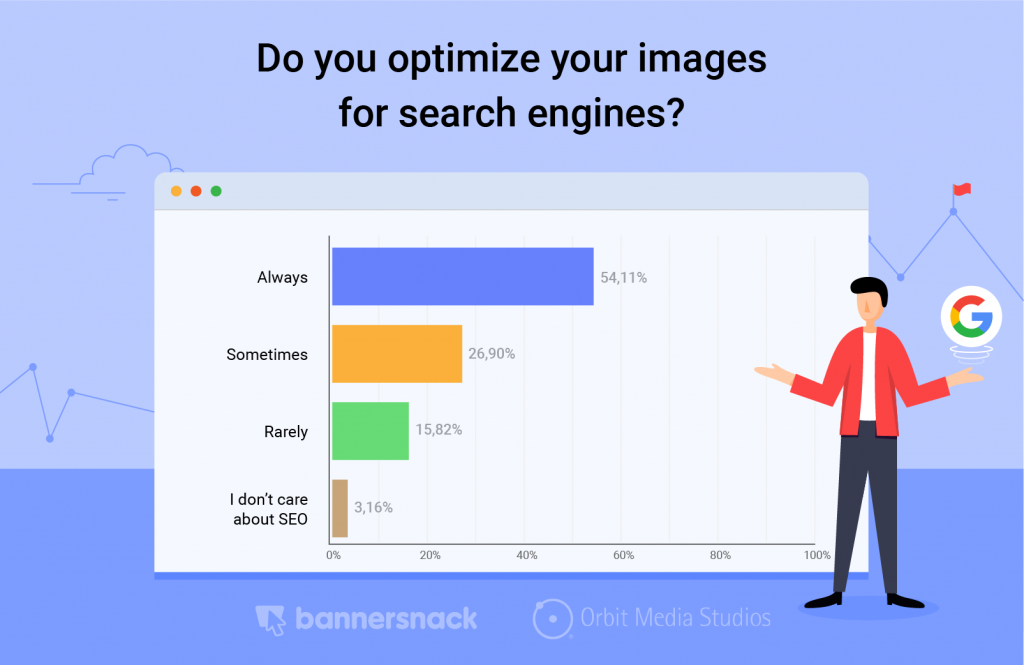
- People understand basic Image SEO. Most bloggers are sensitive to how search engines index images. Probably they are deliberate when choosing file names and ALT tags.
As we can clearly see from the responses we got, bloggers do indeed consider SEO as being important for the visuals they post on their blogs too. In fact, more than 80% of the bloggers involved in our study reportedly optimize their images. 54% do it all the times while almost 27% do it regularly but not always.
And, it is quite easy to understand the fact that some images are of less importance for search engines, being uploaded as general representations/stock photos with the purpose of improving the design and not to complement the texts.
|
8. How do you publish your images on your blog?
Since most of the bloggers rely on their own designs and stock images, the answer to this question was somewhat expected.
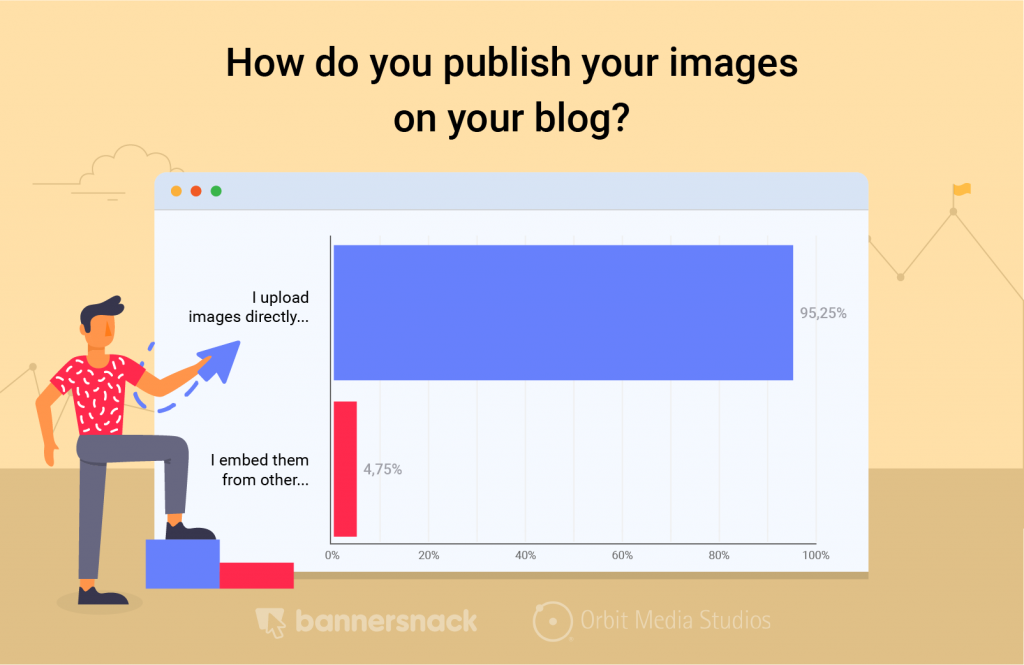
|
And, we weren’t disappointed at all. 95% of bloggers upload their images on their blogging platforms, as opposed to less than 5% who embed them from other sources. It’s only logical since the embed option may not be as reliable as thought.
When you do not possess your image, you depend on the third party’s website uptime and server connection. Also, other webmasters might delete their images or pages and as a consequence, leave you without visuals on your own articles.
|
9. Do you use your blog images to promote your articles on Social Media?
Social media is an integral part of a blogger’s marketing strategy. However, social media is also based on visuals and this is one of the main factors bloggers started to use visuals on all their posts regardless there was an immediate need for such a file or not.
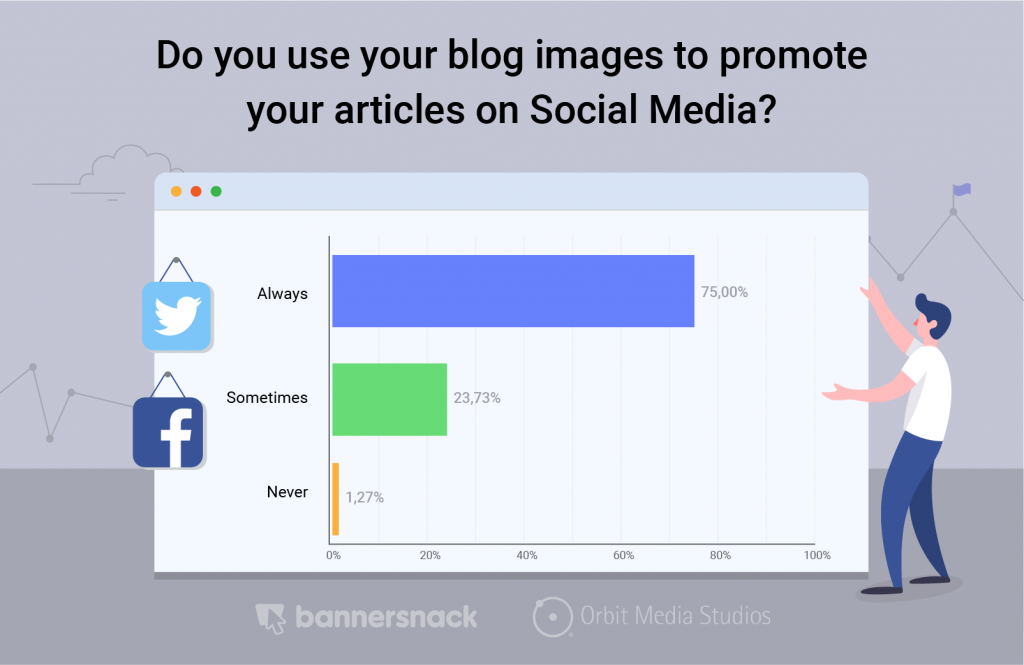
As a consequence, 75% of the bloggers who responded to our questions admit to always use blog images when they promote their posts on social media.
|
10. Do you pay attention to trends in visual content?
All bloggers are marketers although sometimes, they conduct marketing without even knowing they do so. Each time a keyword is researched and included inside a blog post, each time a blog post is shared on social media, the author conducts marketing.
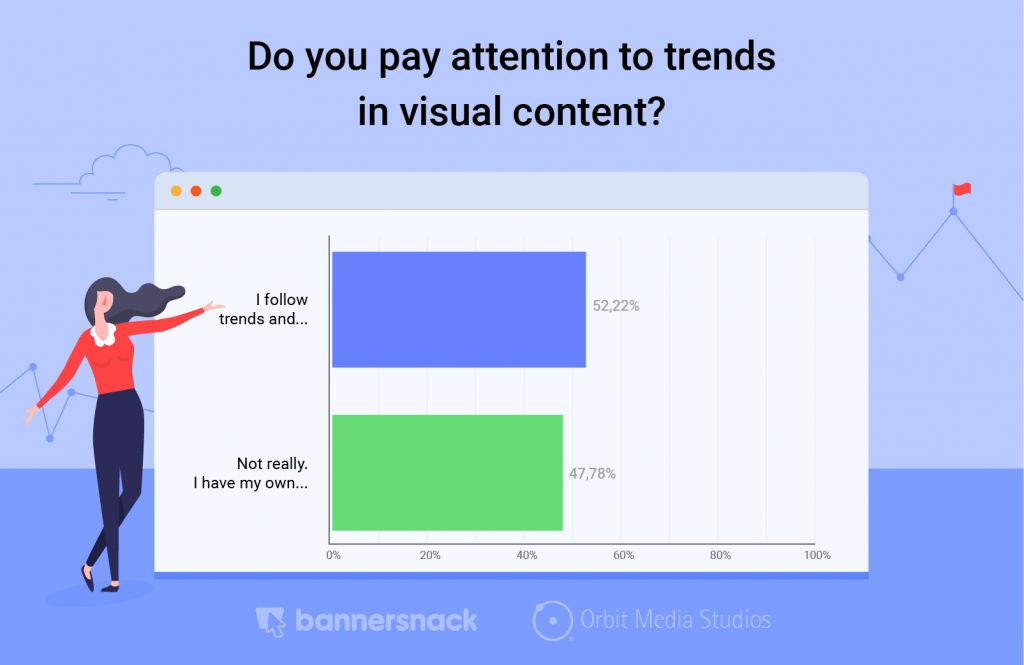
This is one of the activities that just like writing, requires a lot of research and commitment to stay up to date with the latest development that may help us improve our results. The following graph is therefore good news, since more than half of the bloggers are following trends and try to stay up to date with them.
Sure, there is room for improvement on these numbers but nevertheless, they show a positive trend among bloggers.
|
11. Where did you learn to create and edit blog images?
The bloggers’ commitment to stay up to date with the latest marketing trends is also visible when it comes to visual design.
More than two thirds of the bloggers who answered our questions admit to being self taught designers and image editors.
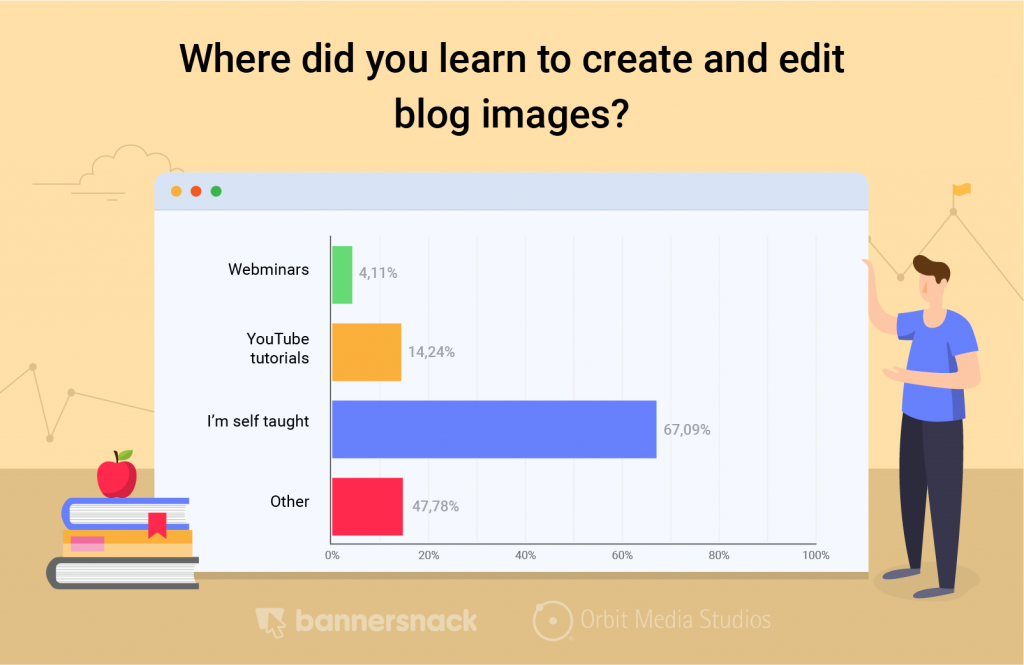
Webinars and tutorials play an important part in their home schooling as well but what we have learned here is that people are investing time in improving their skills and try to rely on themselves when it comes to the different parts of the editorial process.
- Bloggers are resourceful people. We experiment. We test. We try different things. We don’t usually pay for knowledge. Two third of us learned to properly find, manipulate, post and promote images by doing the work ourselves. There’s a little bit of designer in all of us.
|
Conclusion
Visual assets are an important part of any digital marketing strategy of today. In fact, one cannot separate content marketing from visual marketing anymore. Visuals add style, information, and important guidelines to an article, a social media post, or even a guide, a research project, or an eBook.
It’s important to stay up to date with the latest trends in this industry and always be eager to learn more about the phenomenon.
Our study came up with interesting figures and facts, and they all seem to be backed up by active and successful marketers from all around the world, from all industries and fields of knowledge.
What do you think about these numbers, and to what extent do you find yourself in them?

 Expert Insight: Andy Crestodina
Expert Insight: Andy Crestodina Expert Insight: Henneke Duistermaat
Expert Insight: Henneke Duistermaat 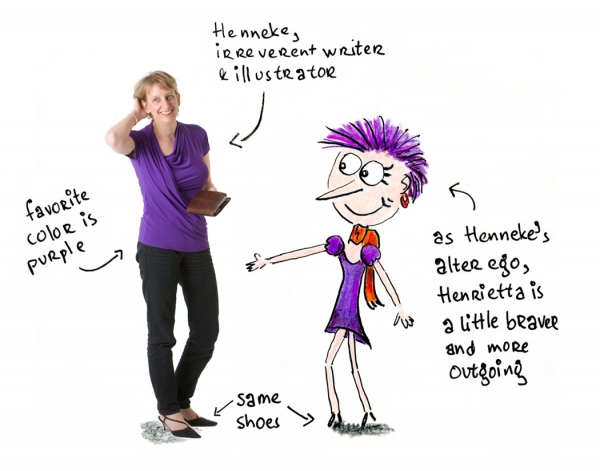
 Expert Insight: Rafal Tomal
Expert Insight: Rafal Tomal Expert Insight: Mike Altlon
Expert Insight: Mike Altlon Expert Insight: Donna Moritz
Expert Insight: Donna Moritz  Expert Insight: Paymen Taei
Expert Insight: Paymen Taei Expert Insight: Andra Zaharia
Expert Insight: Andra Zaharia Expert Insight: Nichole Elizabeth DeMeré
Expert Insight: Nichole Elizabeth DeMeré Expert Insight: Jacob Cass
Expert Insight: Jacob Cass Expert Insight: Vlad Calus
Expert Insight: Vlad Calus Expert Insight:
Expert Insight:  Expert Insight: Heidi Cohen
Expert Insight: Heidi Cohen Expert Insight: Marius Ciuchete
Expert Insight: Marius Ciuchete


